If you’re losing a lot of hair, finding hair in pillows, hairbrushes, or shower drains, and if you’re noticing bald spots or thinning areas in your head, there might be different causes of hair loss, most probably you might have a condition called Alopecia.
What is Alopecia?
Alopecia is actually the medical name given to one of the main causes of hair loss problems. When you’re losing over 100 hairs a day, hair loss can be a matter of concern. Losing Up to 100 hair a day is considered normal hair fall.
Hair loss occurs due to multiple reasons. Primarily, these causes can be categorized into two, namely, Scarring Alopecia and Non-Scarring Alopecia.
1. Scarring Alopecia
It is characterized by permanent damage to hair roots and adjacent skins. It can result from mechanical injury, burn, radiation, or skin diseases.
Hair cannot be grown back in such cases with any medication. A hair transplant is a good solution for scarring Alopecia.
2. Non-Scarring Alopecia
Non-scarring alopecia is simply the loss of hair without the presence of any scarring in the scalp. The hair root is preserved and regrowth of hair at bald areas can be expected in such a case. Non-scarring alopecia can be seen in the form of:
- Androgenetic Alopecia (Pattern Hair Loss)
- Alopecia Areata
- Telogen Effluvium
- Anagen Effluvium
- Traction Alopecia
- Trichotillomania
In this article, we will be discussing Androgenetic Alopecia, also known as Male Pattern Baldness in males and Female Pattern Baldness in females. This is the most common cause of hair loss. Click here to know more about other causes of Alopecia.
What is Male pattern baldness?
Male pattern baldness is the most common cause of hair loss in males. Generally, the males start losing hair from the Crown and Temple area. Hair loss in the temple starts at the front hairline and moves backward. This phenomenon is known as the Bitemporal Recession.
Hair loss on the crown starts as a whorl (at the back of the head). It spreads outwards to produce baldness of a circular pattern. This phenomenon is called a Crowning.
This continues with different stages, each stage having more hair fall than the previous.
The degree of Pattern hair loss is usually identified using the Hamilton-Norwood scale. The following image illustrates the different stages of hair loss in males.

What is Female pattern baldness?
Female Pattern Baldness has been classified by The Ludwig scale. It has three primary classifications:
1) Widening hairline partition
2) Diffuse hair loss
3) Frontal hairline recession.

In women, the first signs of female pattern baldness may be a widening hairline partition or a feeling that the hair does not feel as thick as usual. Further, with time, hair loss becomes very diffuse and hair thinning can become very evident.
In Females, the frontal hairline recession is not very common, especially compared to the Pattern Baldness in males.
Hair loss is less frequent in women than in men, but it still occurs often. Female pattern baldness increases with age.
Difference between Male & Female Pattern Baldness
- Male tends to lose hair in the front, crown, and middle part of the scalp, while in females, hair thinning starts with the widening of the center hair part.
- Females face more diffuse thinning rather than clean areas of baldness seen in males. In cases of advanced baldness in Females, hair thinning even spreads to back and side areas of the scalp.
- The front hairline remains unaffected in female pattern baldness while it gradually recedes in males.
- In women, only 12% will show any temporal thinning, while in men this is seen in over 80% as one of the first signs of loss.
Androgenetic Alopecia / Baldness treatment
Before knowing about treatments, you can explore about the process of hair transplant in Nepal by Folliderm Hair Transplant Center.
In the case of Androgenetic Alopecia, the hair roots are permanently damaged. Therefore, growing back the hair from the lost area is not possible.
However, there are treatment options available for stopping further hair loss. There are also different techniques of hair transplant – which is the most effective solution against hair loss.
The three most effective ways to tackle alopecia are:
- Approved Medications
- Anti-hair loss therapies (PRP, Mesotherapy, LLLT)
- Hair Transplant
You can read more on different ways to stop hair loss here: (link)
Since it is a medical condition, it cannot be treated at home or by natural remedies. Proper medical consultation is required.
Baldness treatment cost calculation
There are several factors that affect the cost of a hair transplant. The major ones are:
- Location of Treatment (Country / City)
- Degree of Baldness
- Technique applied
- The skills of the doctor
Know: Hair Transplant Cost In Nepal.
Is loss of your hair worrying you? Do you want to end all your causes of hair loss? Do you want to know which treatment option would be the best for you?
Don’t worry! We at Folliderm provide you all kinds of hair fall-related treatment & services. Consult us for free now.

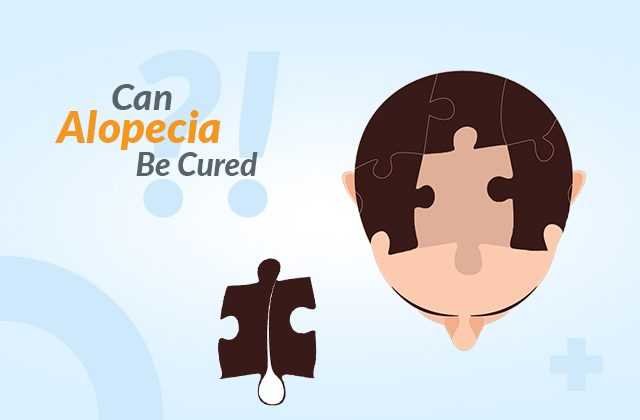








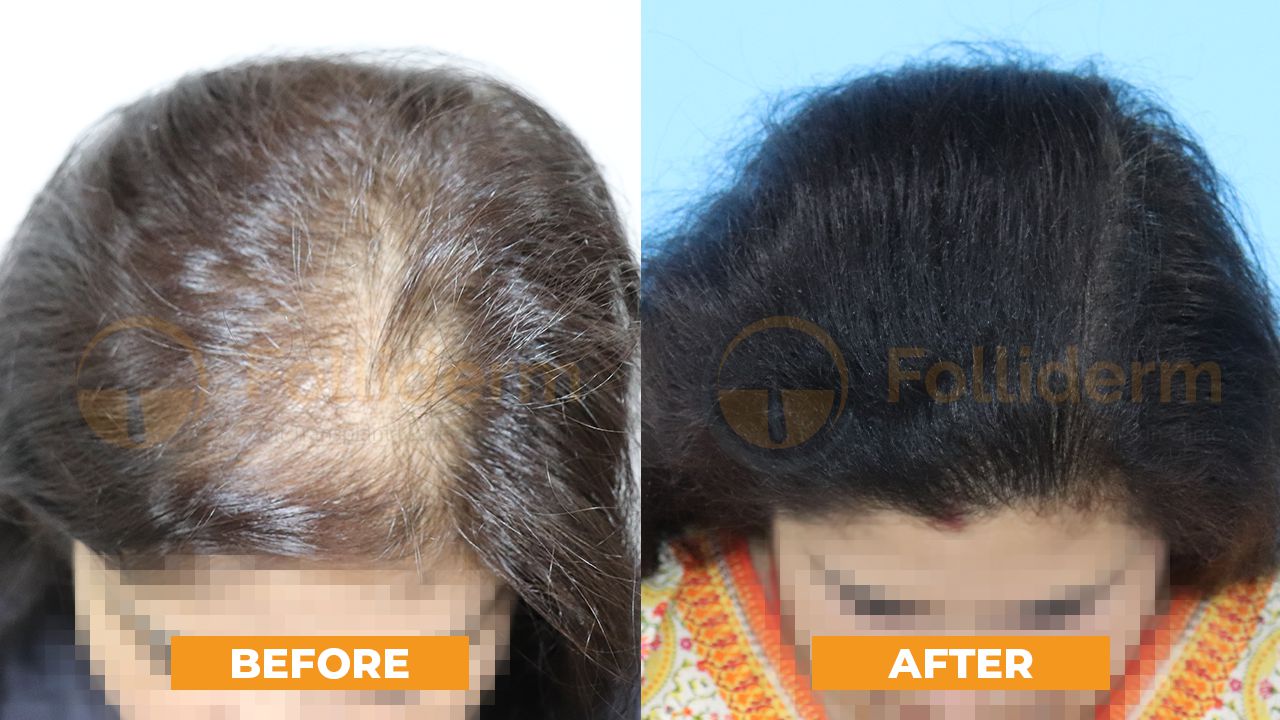
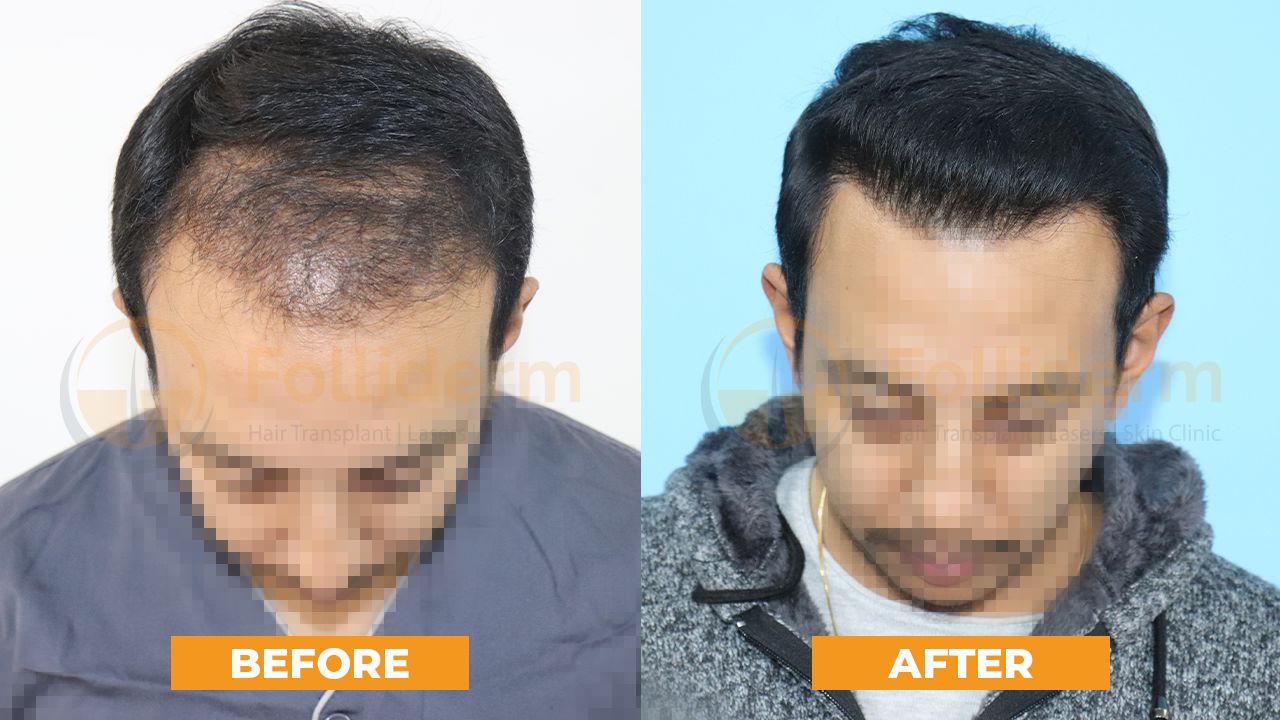
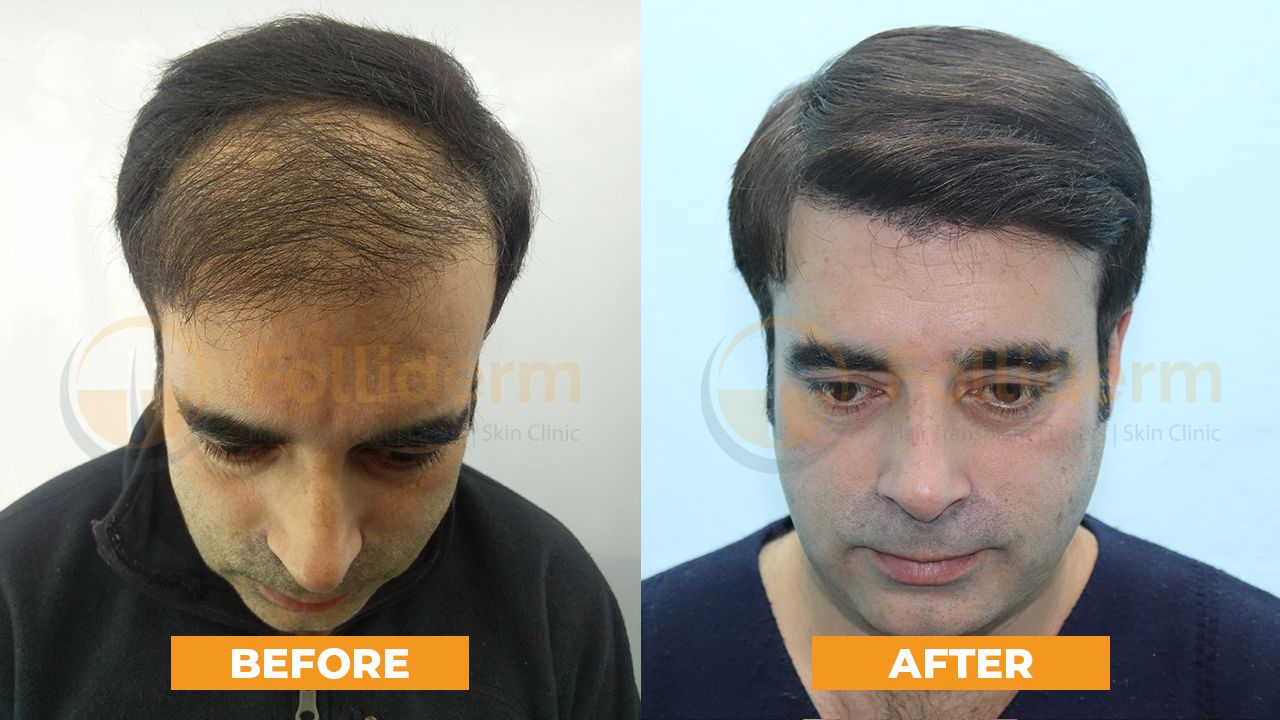

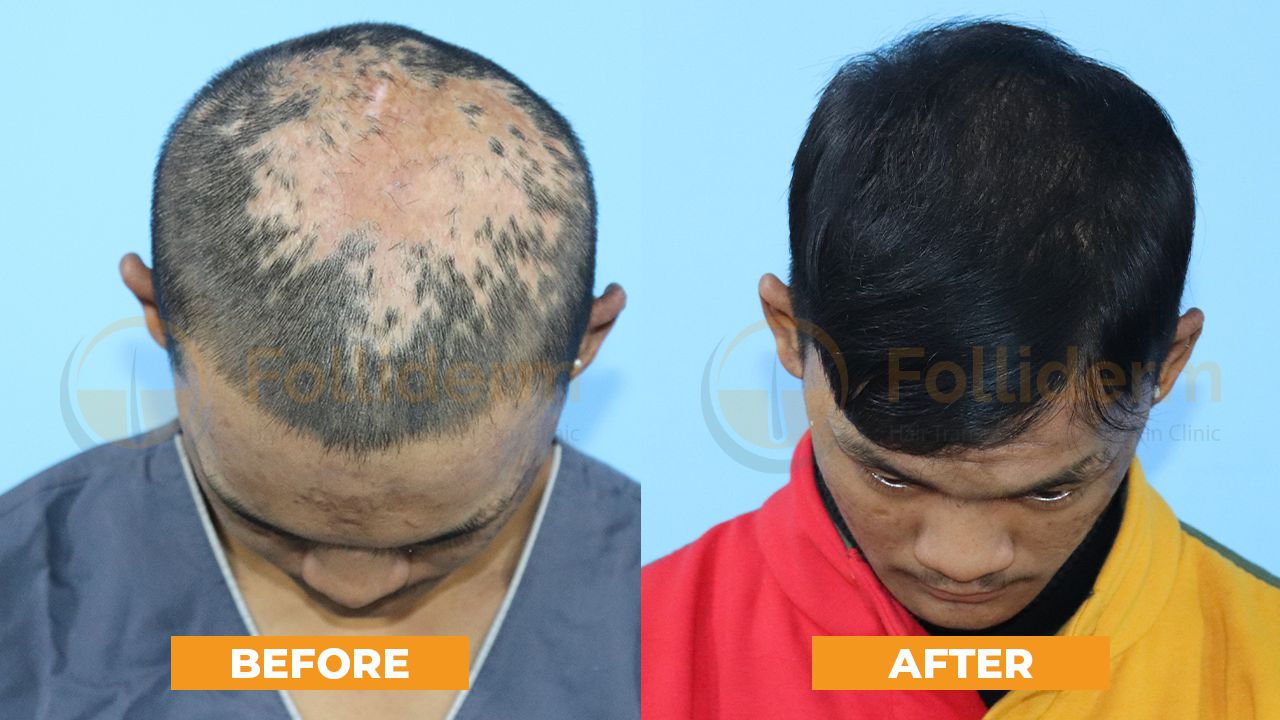
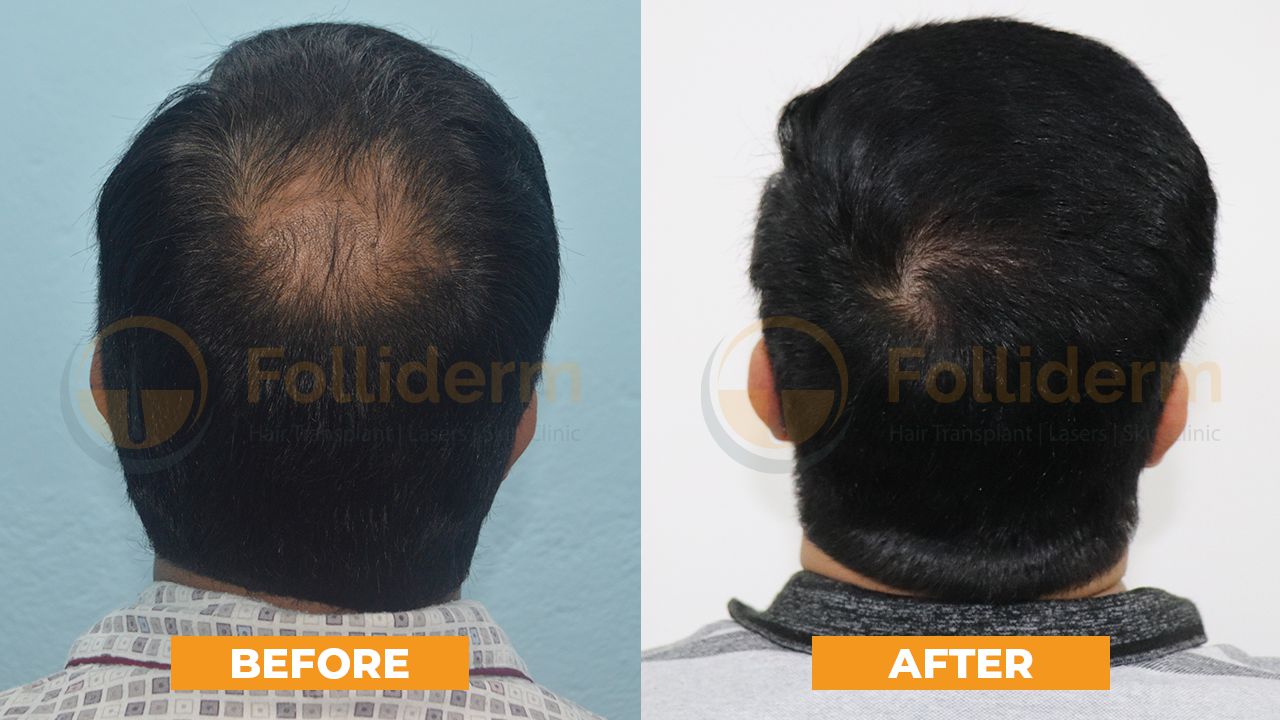
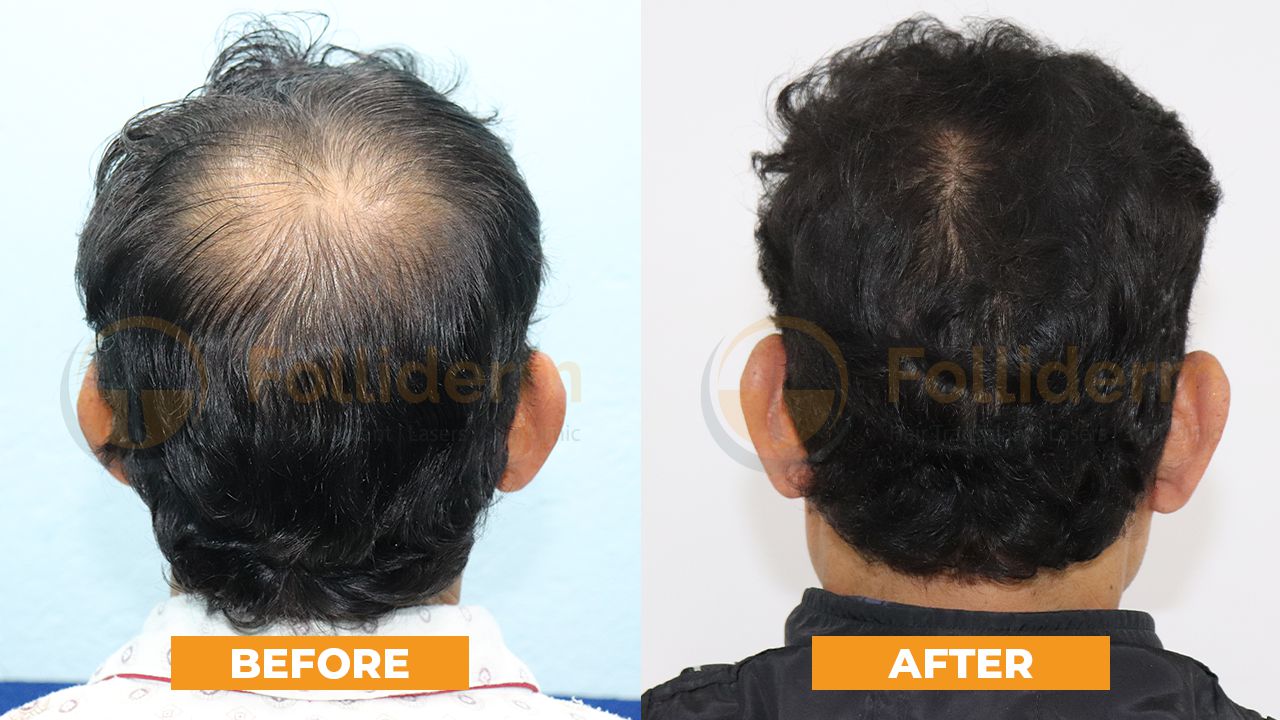
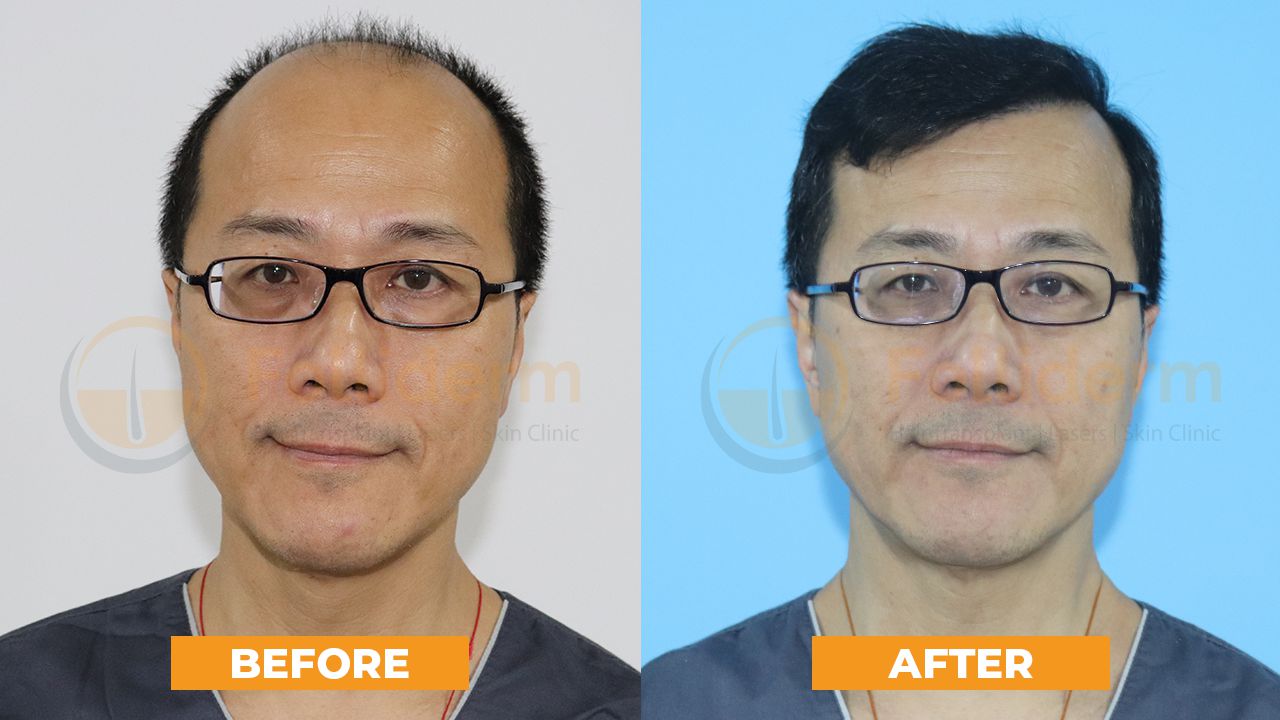


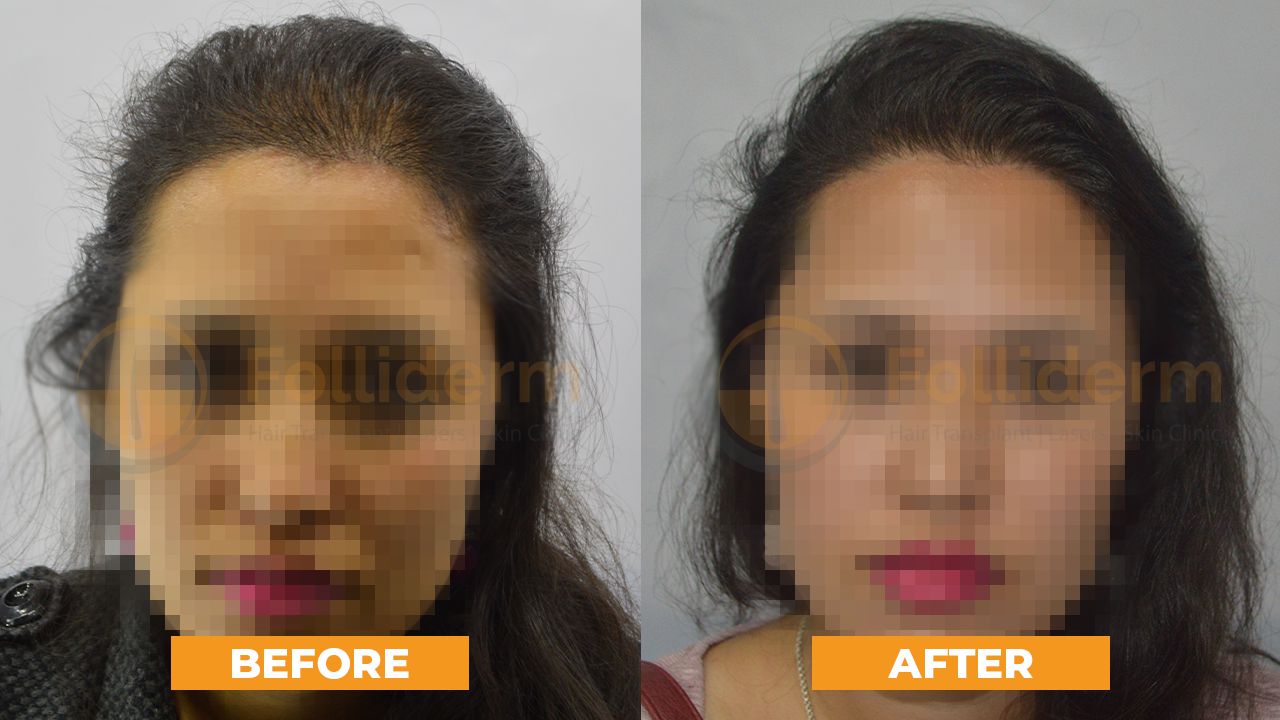
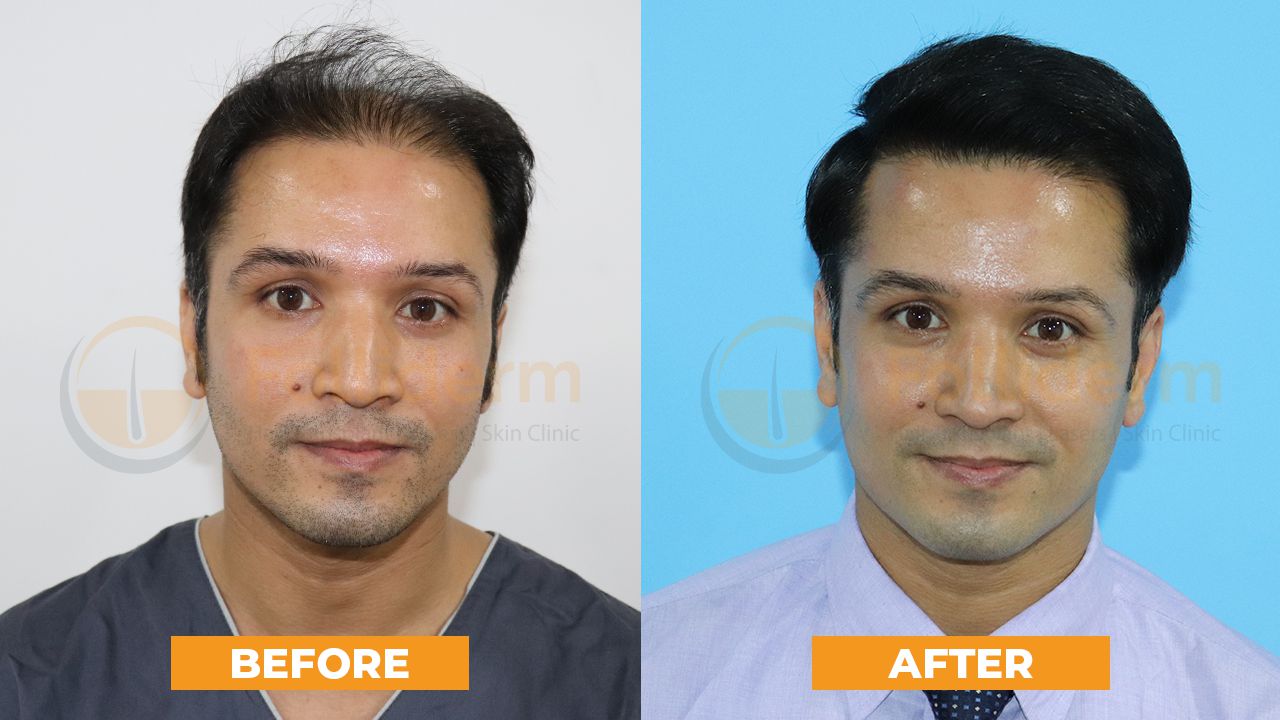
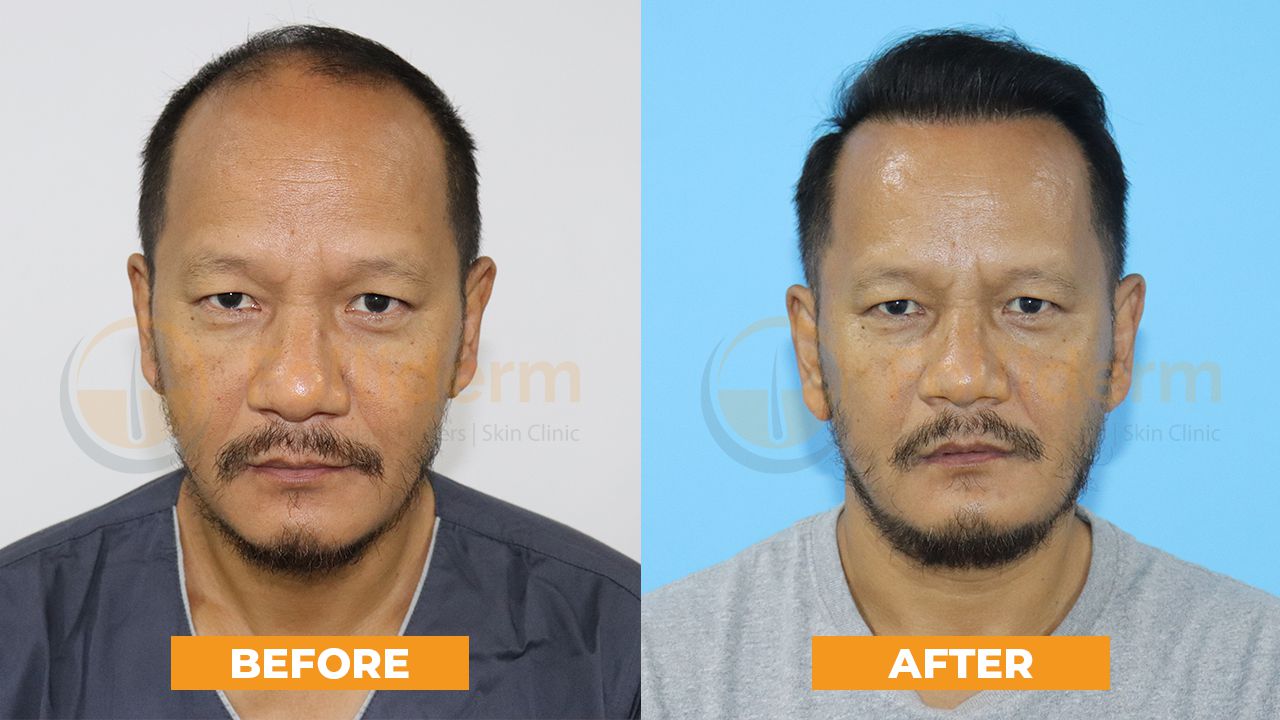

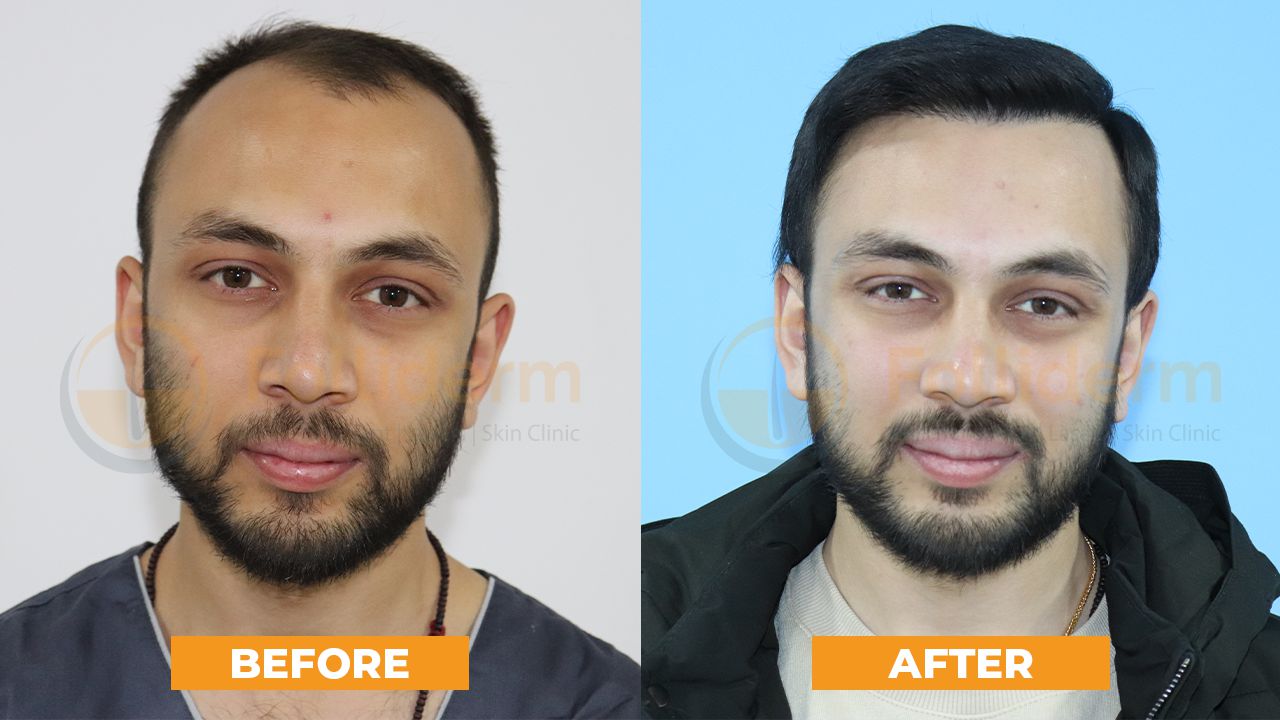
_compressed.jpg)